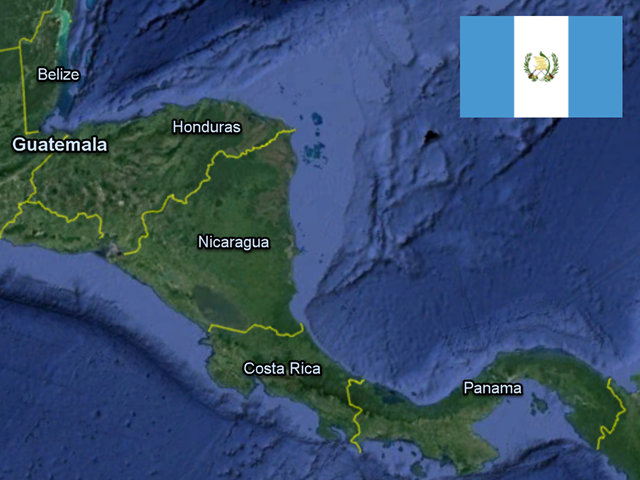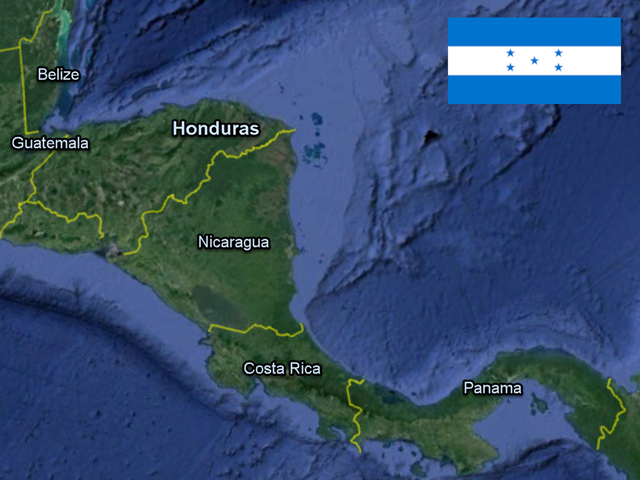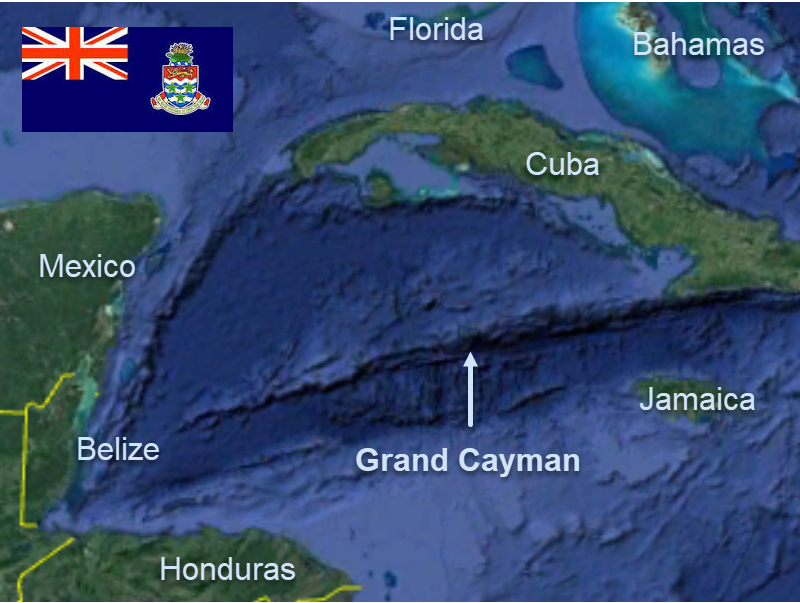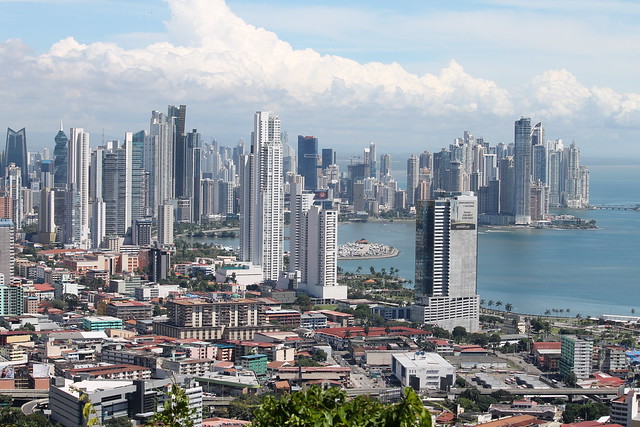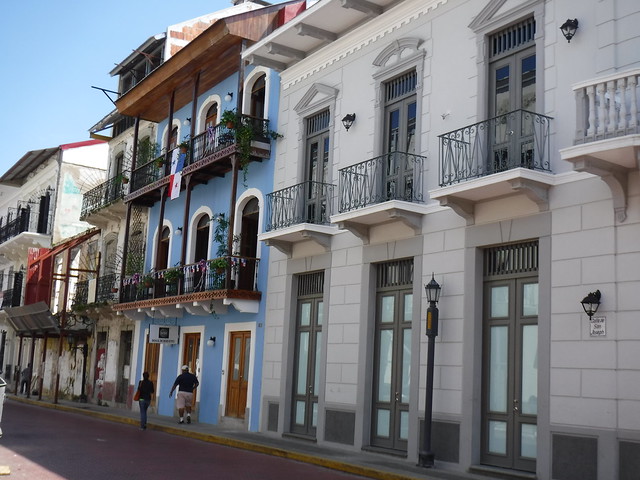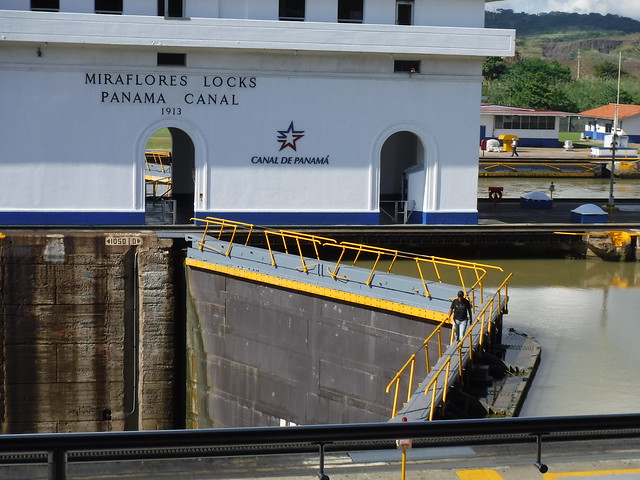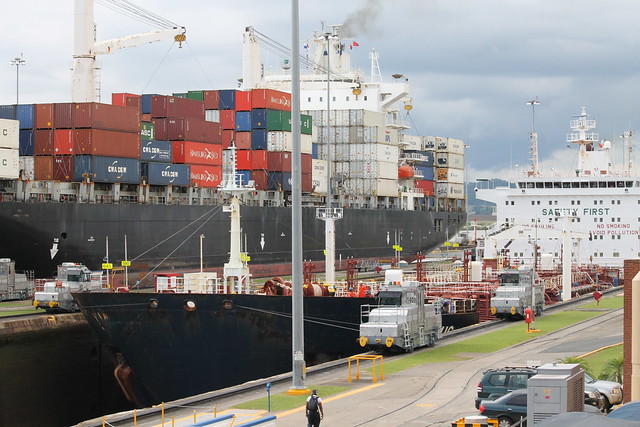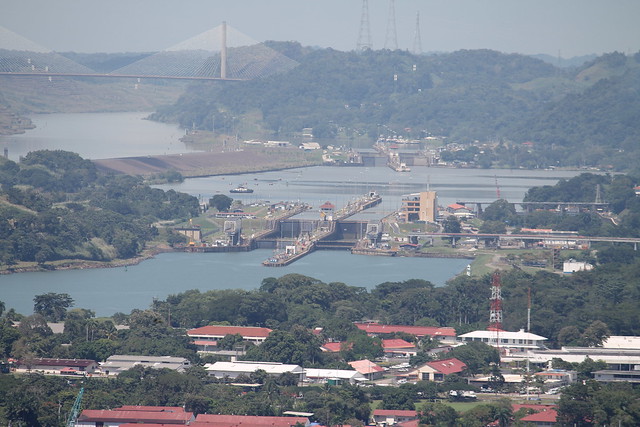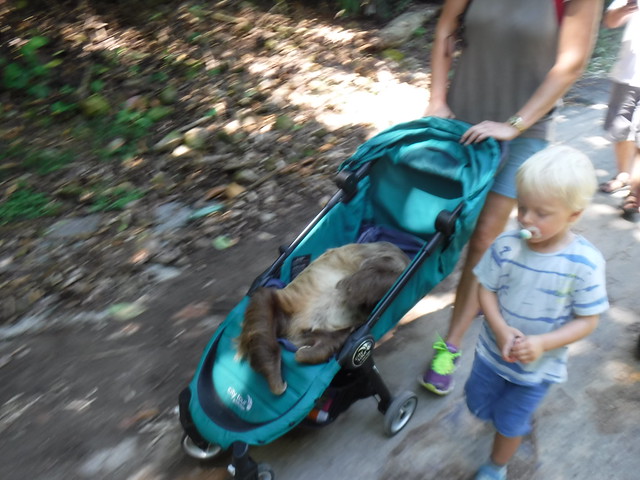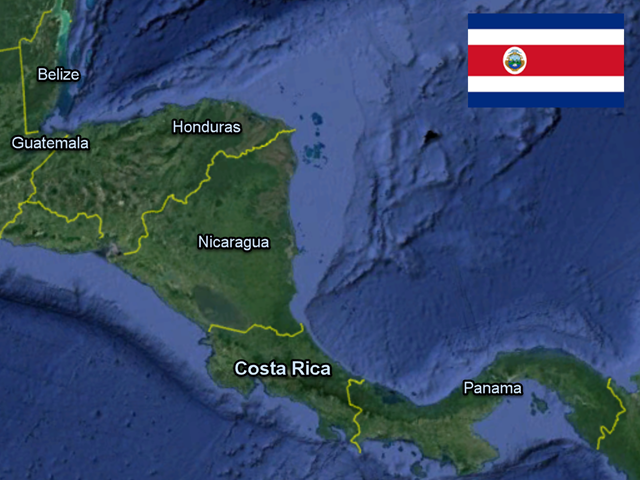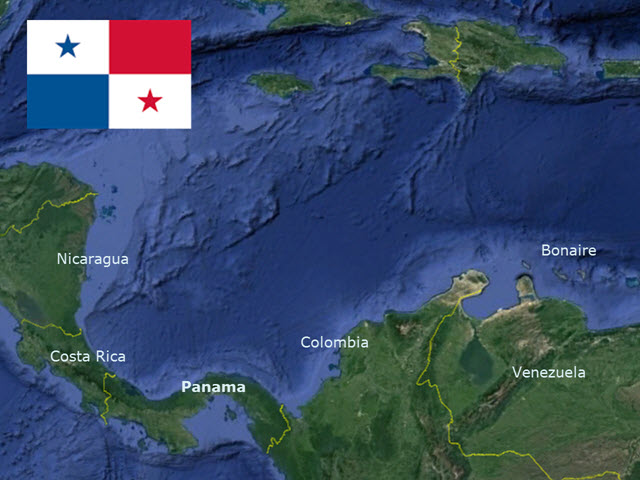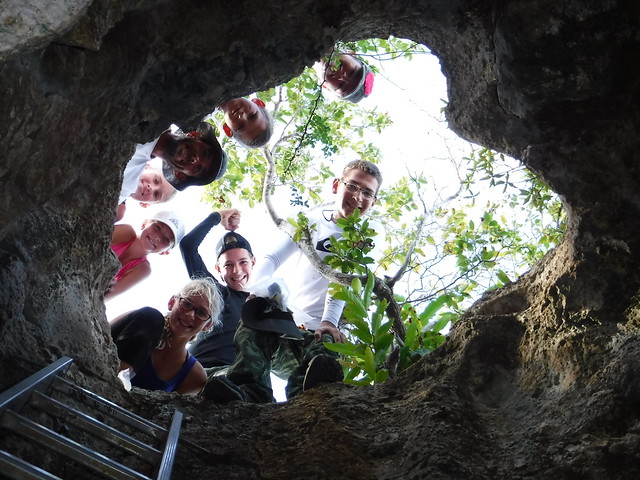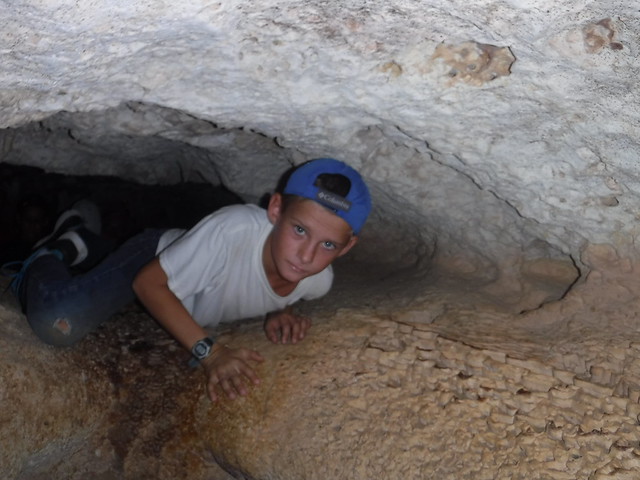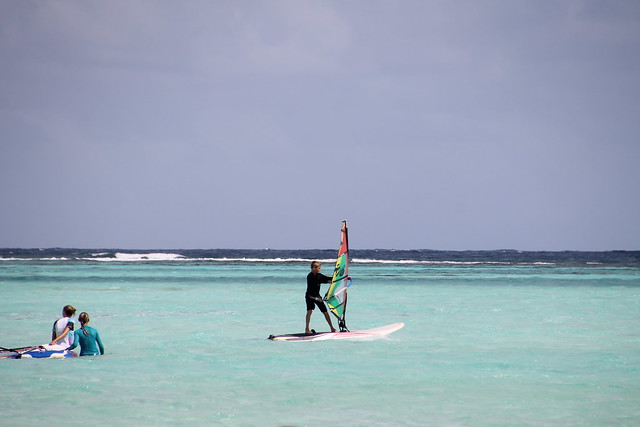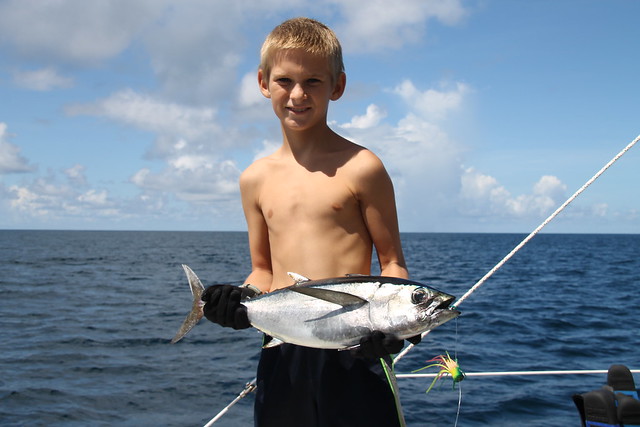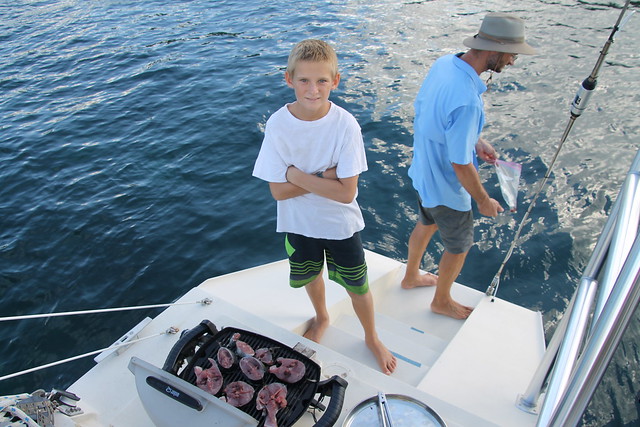Note: This is the last of the Caribbean geography reports. As Mexico is such a large country, I have chosen to focus on the part of Mexico we visited, Isla Mujeres and the Yucatán peninsula.
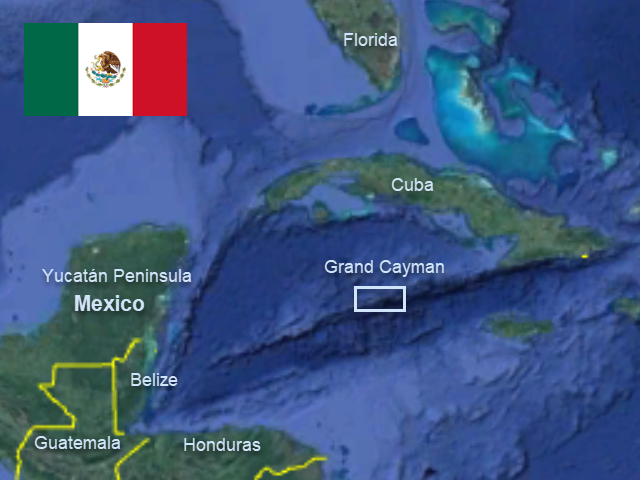
Basic Facts
Capital: Mexico City
People/Customs: Nearly 30 percent of the Mexican population is indigenous (Mayan, Mixtec, Náhuatl, Otomí, Purépecha, Zapotec), 60 percent are mestizos, and the remaining 10 percent are white or other ethnicities. Most of the people practice Catholicism and even the indigenous people have mixed traditional religions with catholic practices. Most holiday celebrations include fireworks, music, and dancing. Day of the Dead (Día de Los Muertos) celebrations commemorate family members who have passed on by decorating tombs and creating elaborate alters at home.
Language: Spanish is the official language, but there are 68 Amerindian languages also spoken.
Climate: The climate zones of Mexico vary from snow-capped mountains and alpine tundra to tropical islands, making Mexico attractive to visitors looking for variety. The main regions include: tropical wet, tropical wet-and-dry, semi-arid, desert, temperate with dry winters, humid subtropical, and Mediterranean. Where we were, in Isla Mujeres, the weather was warm, sunny, and breezy with predominant easterlies, cold fronts with north wind in the winter and spring, and tropical waves and risk of hurricanes in the summer and fall.
Food/Farming: typical Mexican meals consist of corn, beans, rice, tortillas, squash, chilies, avocados, tomatoes, sweet potatoes, and a various meats, like turkey, beef, goat, pork, chorizo, and chicken. Mexico is also known for its delicious tacos. Corn has been Mexico’s most important food for thousands of years, and it has a religious significance for the Maya, Huichol and many other indigenous groups. Fruits grown in Mexico include: pineapples, citrus fruits, star fruits, mangoes, papayas, melons, tomatoes, and other tropical fruits. A popular drink is tequila, made from the agave plant.
Government: The United States of Mexico has a Constitutional Republic, with a President as head of state.
Currency: Mexican Peso, about 18 pesos to the dollar.
Art/Music/Culture: The culture of Mexico is a mixture that comes from its history of Old and New World influences. Cultural influences include traditions from the Maya and other indigenous peoples, Spanish language, music and religion from the conquistadors and settlers, and a mixture of European, African, and Asian cultures that arrived later in Mexico. The Spanish brought Roman Catholicism, which became Mexico’s main religion and slowly mixed with the indigenous religious practices. Mexico has a rich artistic history, with world-famous artists like Frieda Kahlo, as well as arts and crafts like weaving, pottery, leather-working, and wood-carving. Decorated skulls are a common motif. Popular musical styles include mariachi and ranchera, which use the sounds of various guitars as well as violins, trumpets, and accordions.
History of the Yucatán Peninsula
The Yucatán’s oldest traces of humanity date back 11,000 years according to artifacts found in the Loltún caves and Tulum. It is supposed that the first Mayas arrived in the Yucatán around 2500 BC. The Maya had a knowledge of astronomy, math, and architecture, the evidence of which can be found all over Mexico in the form of pyramids, palaces, and other structures. The Maya were also good artists, based on jewelry, carved limestone, and plaster artifacts found at ruins.
Around 600 AD the Maya civilization was at the height of its Classic period. The Maya lands at this time were not ruled as an Empire, but as a collection of independent city-states. Near the end of the Classic period, the Mayans moved to the Yucatán, with ruins like Chichen Itzá showing us construction very different from earlier Mayan settlements (Tikal in Guatemala, for example). After the Classic period, the collapse of the Maya came very suddenly. One theory is that as the Maya civilization grew, they were not able to grow enough food to feed the people. The Maya then weakened and were taken out when the invaders from central Mexico came.
Mexico was “discovered” by the Spanish conquistador Hernan Cortes in 1485. The Spanish came to the Yucatán in 1513 when Juan Ponce de León and Antón de Alaminos set out to find land west of Cuba and came across a large peninsula. The first attempt at the conquest of the Yucatán was made in 1527, when the Montejo family and a band of other men were sent from Spain to Cozumel, but they decided to sail around the peninsula and quell the unrest in Tabasco. They decided to establish their base near Campeche and push inland to conquer the Yucatán, but four years later they were forced back to Mexico City. In 1542, after allying with the Xiu, the Montejos defeated the Cocomes, and founded the city of Mérida. In four years’ time they had put most of the Yucatán under Spanish rule. The Mayans then became slaves for Spanish settlers.
Throughout the colonial period, the native Maya and other indigenous groups continued to resist Spanish rule. The harsh treatment of natives by the Spanish led to many revolts, most of which were unsuccessful. In 1821, after a war with Spain, Mexico succeeded in becoming independent, and the Yucatán became part of the Mexican Federation. Despite the new government, the Maya were still forced to work under horrible conditions which led to the Caste War. In 1847, Mayan chiefs led a revolt against the descendants of Spanish settlers who had political and economic control. This act started an all-out war between the Maya forces and the Yucatecos (Spanish descendants). The war officially ended in 1901 but some of the small settlements and towns refused to acknowledge Mexican control. The war spilled the blood of over 200,000 people.
From 1876 to 1911, when Porfirio Diaz ruled Mexico, he brought the country into the Industrial Age. He passed laws that created an even larger number of landless peasants and concentrated the wealth in the hands of a smaller elite. In the Yucatán, wealth was acquired by making rope and other products from plant fibers. Diaz was removed from power in 1910 when a war broke out, sending the country into chaos for the next decade.
By the 1970s, huge oil reserves were discovered in the Gulf of Mexico, which brought new investors to the country. With new money coming in, Mexico invested in infrastructure on a large-scale, and installed a central oil processing complex in the Bay of Campeche, which was producing a million barrels of crude oil a day by 1981. The influx of oil money also led to the development of the Quintana Roo and Cancún as tourist destinations. With white sand beaches, crystal-clear turquoise-colored water, and nearby ancient ruins to explore, this area soon became known as the “Riviera Maya” and attracted tourists from all over the world. While oil prices fluctuate, creating booms and busts, the tourism industry remains fairly constant, despite the occasional hurricane causing damage and requiring rebuilding.
Landforms/Flora and Fauna
Mexico is a large country and has a very diverse landscape. To the north is the U.S.A., to the east, the Gulf of Mexico and Caribbean Sea, to the south, Belize and Guatemala, and to the west, the Pacific Ocean. Baja California is located in the northwest, a jagged finger of land with mountains and desert bordered by the Pacific Ocean and the Gulf of California. Mexico has the world’s largest volcanic field. Central Mexico has the Sierra Madre mountains and a central plateau. Mexico City is in the south-central part of the country and boasts a population of 21 million people in the greater metropolitan area. The Yucatán Peninsula is flat, with a coral limestone bedrock covered by littoral forest and filled with sink holes, caves and cenotes. Isla Mujeres is a small island to the north of the Yucatán, surrounded by beautiful water and coral reefs. Because of this variation in land forms, the flora and fauna are found in equally diverse habitats—from pine forests to tropical jungle, from cactus-covered deserts to palm-fringed beaches, from treeless volcanic peaks to the fertile Bajío region where produce is grown. Some animals you might see in Mexico are spider monkeys, the rare axolotl (salamander), cacomistle (mammal), Mexican prairie dog, ocelot, cenzontle (bird), zoloitzcuintli (hairless dog), quetzal (bird), endangered vaquita porpoise, coati, and Mexican gray wolf. Near Isla Mujeres, you might go in search of whale sharks or sail fish, or see barracuda, snappers, colorful reef fish, and marine invertebrates while snorkeling and diving.
Things to do in the Yucatán/Isla Mujeres
On the mainland there are cenotes to explore, Mayan ruins like Chichen Itzá and Tulúm, beaches along Cancun or on Isla Mujeres, snorkeling and scuba diving along the Caribbean coast, visiting the Spanish colonial city of Mérida, horseback riding, and deep-sea fishing. Also, good tacos can be found almost everywhere!
Bibliography
“11 Awesome Native Animals You Must See in Mexico.” www.theculturetrip.com . Accessed July 2019.
“Mexico.” (Basic Facts) Wickipedia. Accessed June 2019.
“Mexico’s Seven Climate Regions.” www.geo-mexico.com. Accessed July 2019.
Onstott, Jane. National Geographic Travelor: Mexico. 2006: National Geographic Society, Washington D.C.
“Yucatán Peninsula: History.” Lonely Planet. www.lonelyplanet.com . Accessed July 2019.

